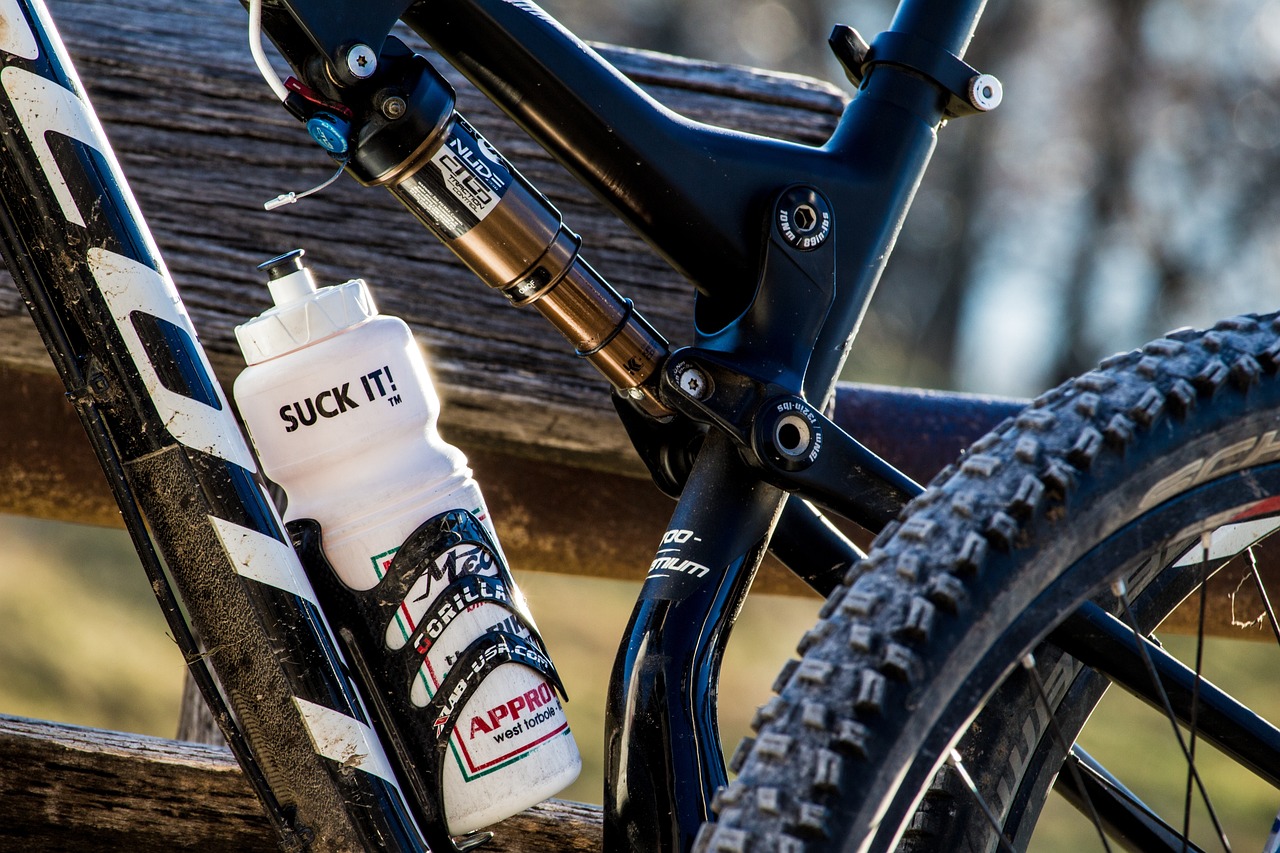Bacteria, algae, mold: if they find a warm and humid climate, they can multiply easily—and, in the worst case,, can become a health risk. This can also happen in the drinking bottle, into which germs get through our saliva and the ambient air. TÜV, therefore, advises that drinking bottles that are used daily should also be cleaned daily.
This can be done in a few simple steps, such as rinsing the bottle with hot water and a little washing-up liquid. However, cleaning is even more thorough if you use a bottle brush or a clean toothbrush. Hard-to-reach crevices – such as those on the cap or lid – can especially be scrubbed well in this way.
How to clean the bottle in the dishwasher
Some drinking bottles can also be put in the dishwasher. The TÜV advises selecting a program with at least 60 degrees. This kills most germs. Whether the bottle has had a bath in the kitchen sink or the dishwasher, it should be allowed to dry completely afterward. It is not a good idea to close it directly and put it in the kitchen cupboard, as this leaves residual moisture behind, which provides good conditions for germs. It is better to leave it open to air dry or help it along with a clean cloth.
What do you do if the drinking bottle smells?
If the drinking bottle already smells a bit unpleasant, then you need to clean it even more thoroughly. TÜV advises: If the material is suitable, place the bottle in boiling water for a few minutes. There are also special cleaning tablets. Alternatively, you can also use baking soda or baking powder for intensive cleaning. To do this, put a packet of baking powder or a teaspoon of baking soda in the bottle, fill it with warm water,, and leave it to soak for a few hours with the cap open. Then, rinse the bottle thoroughly.
Caution: As baking soda and baking powder can attack plastics, this type of cleaning is more suitable for glass and stainless steel bottles, according to TÜV.
- source:kleinezeitung.at/picture: Image by RzlBrz007700 from Pixabay
This post has already been read 9921 times!



